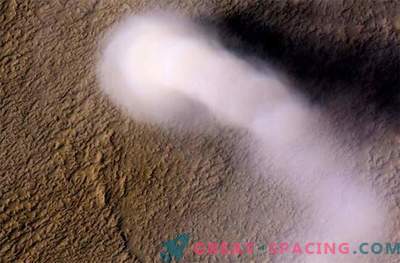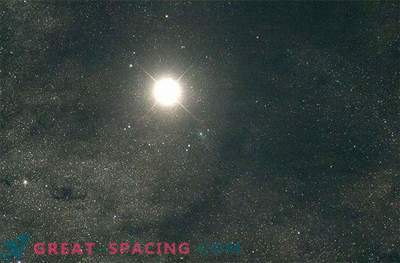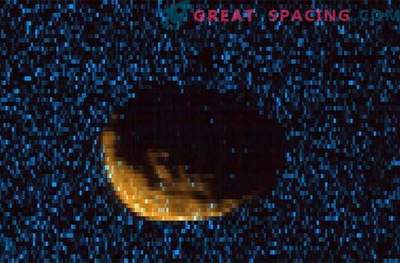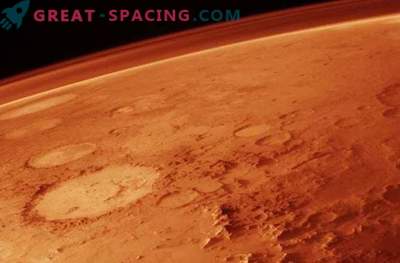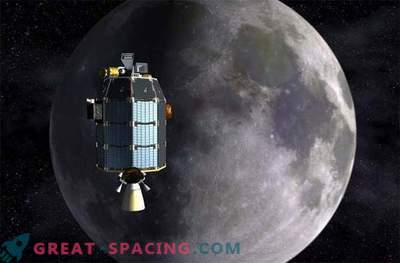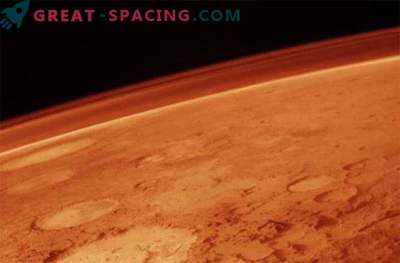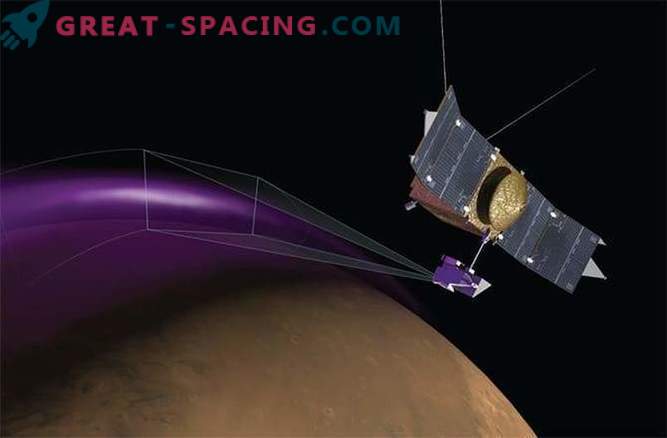
Scientists, using the NASA Maven orbital spacecraft, discovered a mysterious cloud of dust stretching hundreds of kilometers above the surface of the planet. However, there is no explanation for how it got there.
"At the moment, the Maven spacecraft is looking for the remains of a comet that crashed into Mars in October, raising a column of dust to great heights," said scientists at the Lunar and Planetary Scientific Conference in Houston on Wednesday.
“We didn’t expect to see that at all,” said Leila Andersson, a Maven project scientist at the University of Colorado at Boulder.
"A cloud of dust surrounds Mars and reaches a height of more than 1000 kilometers (621 miles) from the surface of the planet," added Bruce Jacoski, a leading Maven mission scientist, also from the University of Colorado. "This is the first discovery of a layer of dust or debris high in the orbit of Mars," he added.
Scientists do not know yet whether this is a temporary phenomenon or not. They also do not know where it came from.
Scientists from the Maven mission found that the level of dust in orbit is changing. In general, clouds are denser at lower altitudes, suggesting that dust rises from the surface of the planet due to an unknown event. "We believe that the source of this event is the Martian atmosphere, but we have no theory to understand the process of raising dust from low altitudes to 200 kilometers (124 miles). So, if the source is the atmosphere, then we still do not understand the process displacement, "said Andersson.
Dust could also appear from the moons of Mars: Phobos and Deimos, from the solar wind and the comet, or from interstellar space.
"In any case, it is quite difficult to understand how this material got there," said Jacoski. "Dust poses no threat to orbiters, including Maven," he added.
Maven also noticed a glow shining in the ultraviolet light on the northern hemisphere of Mars. Aurora was like the aurora on Earth.
The Martian glow, discovered by Maven for five days at the end of December, occurs much deeper in the planet’s atmosphere than the previously observed auroras.
Mars does not have a global magnetic field like the Earth, so the charged particles from the Sun most likely collided directly with the atmosphere.
